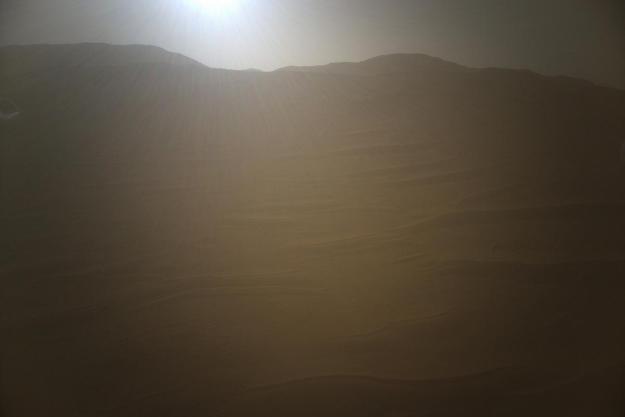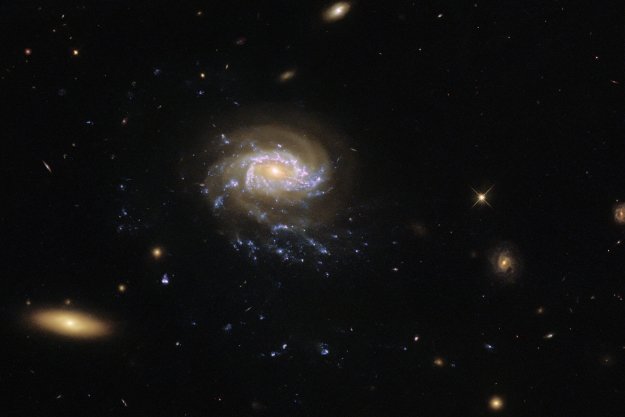It will soon be the 33rd anniversary of the launch of the Hubble Space Telescope, and to celebrate this milestone, Hubble scientists have shared a stunning image taken by the telescope of a picturesque nebula. NGC 1333 is a busy stellar nursery, with new stars forming among the cloud of dust and gas located 960 light-years away.
The beautiful image of the nebula shows swirls of dark dust around glowing points of light where new stars are being born. To capture this scene, Hubble used its instruments across their full wavelengths, from ultraviolet through the optical light range and into the near-infrared. Hubble took the image using its Wide Field Camera 3 instrument, which used several filter across different wavelengths that were then assigned to colors (Blue: F475W, Green: F606W, Red: F657N and F814W) to create the colorful final result.

Hubble often celebrates birthdays with gorgeous anniversary images, showing some of the diverse targets that the telescope can capture. This most recent image of nebula NGC 1333 not only looks stunning, but can help scientists to learn about star formation, as the conditions in this region are thought to be similar to those in which our solar system formed. The nebula is located within the Perseus molecular cloud, which is a cold, dense cloud of mostly hydrogen and dust.
“This view offers an example of the time when our sun and planets formed inside such a dusty molecular cloud, 4.6 billion years ago,” Hubble scientists write. “Our sun didn’t form in isolation, but was instead embedded inside a mosh pit of frantic stellar birth, perhaps even more energetic and massive than NGC 1333.”
Within the image, you can see the dust as dark swirls, which are mostly opaque, with regions of ionized hydrogen glowing in red. The shapes in the dust clouds are formed by stellar winds, which are streams of particles given off particularly by hot, young stars like the bright blue star in the top center of the image.
Editors' Recommendations
- James Webb captures a stunning image of two galaxies merging
- Hubble spots an ancient pair of supermassive black holes about to merge
- There’s a cosmic jellyfish in this week’s Hubble image
- A sparkling field of stars cluster together in Hubble image
- A small, fuzzy dwarf galaxy in our neighborhood captured by Hubble




